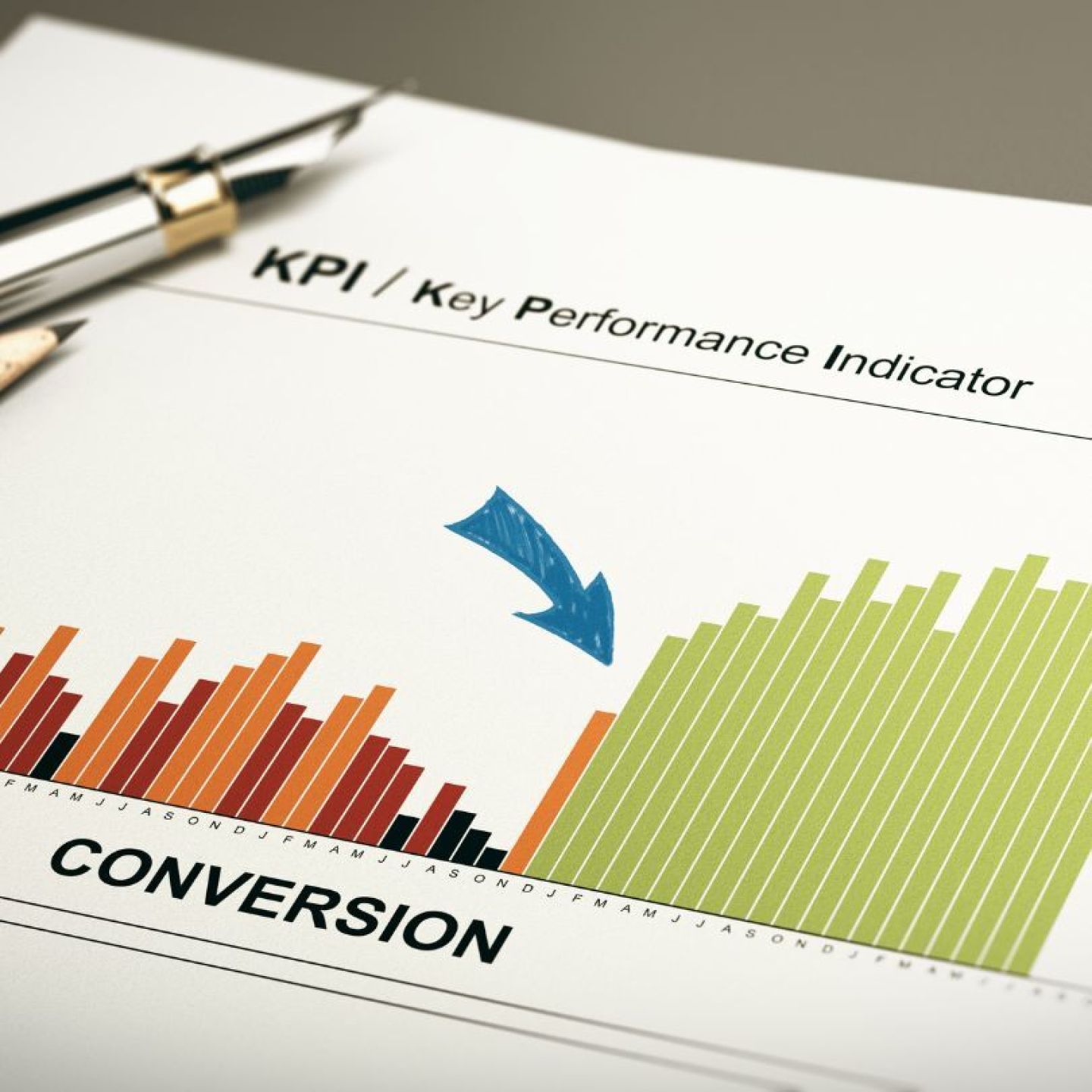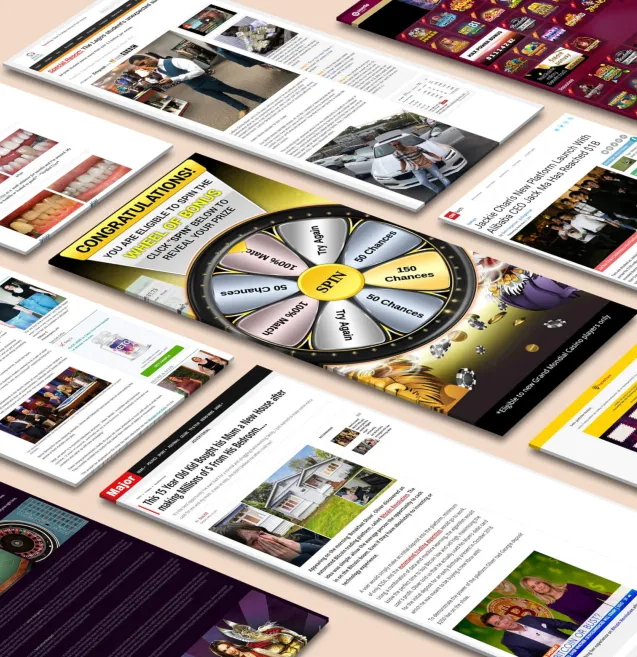
Our spy tools monitor millions of popup and pop-under from over 90+ countries and thousands of publishers.
Get StartedPop-up ads are still a powerful tool in digital marketing. When done right, they can increase conversion rates by up to 40%. But many businesses struggle to use them effectively, and their conversion rates suffer because of common mistakes.
Think of pop-ups as digital salespeople - they need to be polite, timely, and offer genuine value. When mishandled, they transform from conversion boosters into conversion killers, driving potential customers away from your site.
Here's what you need to know about popup ad performance:
The difference between success and failure often lies in subtle details - timing, context, messaging, and design. These elements can make your pop-ups either a valuable addition to your marketing strategy or a major source of user frustration.
To avoid these pitfalls, it's essential to learn from the experiences of others. For instance, understanding the biggest mistakes people make when trying to reduce their Google Ads costs could provide valuable insights that help refine your overall advertising strategy.
By identifying and fixing these issues, you'll transform your pop-ups from conversion killers into powerful lead-generation assets. To aid in this transformation, consider leveraging some of the secrets of successful popup advertising, which can help you achieve massively scalable results.
Timing can make or break your popup's success. A poorly timed popup creates instant friction between your website and potential customers, leading to higher bounce rates and lost conversions.
Research shows the sweet spot for popup timing lies between 50-60% of average page viewing time. This allows visitors to:
Scroll depth triggers offer another effective timing strategy. Displaying popups after users scroll 50-60% down your page indicates genuine interest in your content.
Here's what happens when you trigger popups too early:
Pro tip: Track your average session duration and adjust popup timing accordingly. If your typical visitor spends 2 minutes on a page, set your popup to appear around the 1-minute mark.
Avoid the common mistake of showing popups immediately upon page load. This aggressive approach disrupts user experience and creates an immediate barrier between your content and potential customers.
Pop-ups need to match your visitors' current mindset and browsing journey. A misaligned pop-up breaks user focus and creates a disconnect between their interests and your offer.
Consider these common mismatched scenarios:
Creating Relevant Pop-up Content:
A blog post about dog training shouldn't display cat food promotions. Your pop-ups must extend the value of the content your visitors are already consuming.
Best Practices for Contextual Pop-ups:
A well-contextualized pop-up feels like a natural extension of the user experience rather than an interruption. When users see offers aligned with their interests, they're more likely to engage and convert.
In fact, this approach is similar to native advertising, which has emerged as a powerful solution, seamlessly integrating branded content into the user experience rather than disrupting it.
Your pop-up's copy can make or break your conversion rates. Generic phrases like "Subscribe" or "Download Now" fail to capture attention or drive action. Your visitors need compelling reasons to engage with your pop-ups.
Effective pop-up copy includes:
Here's what works:
"Get Your Free Social Media Calendar Template - Save 5 Hours Every Week on Content Planning"
Here's what doesn't:
"Download Our Template"
Tips for writing persuasive pop-up copy:
The best pop-up copy speaks directly to your visitor's needs. A SaaS company offering project management software might use: "Start Managing Projects 3x Faster - Free 14-Day Trial". This copy specifies the benefit and includes a clear call-to-action.
Remember to match your copy's tone with your brand voice. A casual lifestyle blog might use conversational language, while a B2B service provider should maintain professional messaging.
Your popup needs to deliver real value to convert visitors into subscribers or customers. Generic offers like "Sign up for updates" won't cut it in today's competitive digital landscape.
Proven valuable offers that drive conversions:
A case study from beauty brand Sephora showed a 200% increase in popup conversions after switching from a basic newsletter signup to a "Free Birthday Gift" offer. Similarly, clothing retailer ASOS boosted their popup conversion rate by 150% by offering first-time visitors a 20% discount code.
Tips for creating irresistible offers:
Your popup offer should be valuable enough that visitors would consider paying for it. Test different incentives to find what resonates best with your audience.
Bombarding visitors with multiple pop-ups creates a frustrating user experience that can drive potential customers away. Research shows that 73% of users report leaving websites due to excessive pop-up interruptions.
Here's what happens when you overdo pop-up frequency:
Best practices for pop-up management:
You can maintain healthy engagement rates by:
Remember: A single, well-timed pop-up with a compelling offer performs better than multiple intrusive ones. Your goal is to enhance the user experience, not disrupt it.
Mobile users account for 59.4% of global web traffic in 2023. Yet many businesses still neglect mobile optimization for their pop-ups, missing out on a massive segment of potential customers.
A poorly optimized mobile pop-up can destroy your conversion rates. Google penalizes websites with intrusive mobile pop-ups, pushing them down in search rankings. Here's what your mobile pop-ups need:
Mobile users abandon websites with problematic pop-ups 3x faster than desktop users. A study by Google found that 74% of users would leave a site that wasn't mobile-friendly. Your pop-up design needs to prioritize mobile users' experience - from load time to interaction points.
A/B testing your pop-ups isn't optional - it's essential for maximizing conversion rates. Your initial pop-up design might not resonate with your target audience, regardless of how perfect you think it is.
Here's what you need to test:
Popular A/B testing tools include:
The data from these tests reveals user preferences and behavior patterns. A simple change in button color or headline wording can increase conversion rates by 10-50%. Companies like HubSpot have reported 192% higher click-through rates after testing and optimizing their pop-up designs.
Set up regular testing cycles and track key metrics:
Let your data guide pop-up optimization decisions - assumptions can cost you valuable conversions.
These seven popup ad mistakes can significantly impact your conversion rates, but they're all fixable with the right approach. Your popup strategy needs constant attention and refinement to deliver results.
Start by addressing the most critical issues:
Remember: popup optimization isn't a one-time task. Your visitors' behaviors and preferences evolve, and your strategy should too. Track your metrics, analyze user feedback, and make regular adjustments to your popup campaigns.
Ready to transform your popup performance? Take action now:
Your conversion rates will thank you - and so will your visitors.
Receive top converting landing pages in your inbox every week from us.
How-To
AI is transforming the way advertisers approach pop campaigns in 2025. Discover how automation, predictive analytics, and real-time optimization can enhance targeting and boost engagement. Learn practical tips for creating smarter, high-performing pop ads that deliver measurable results. Perfect for marketers ready to stay ahead in the evolving world of AI-driven advertising.
Priya Kapoor
7 minDec 8, 2025
None
Q4’s advertising landscape is crowded, but smart pop ad strategies can help your brand stand out. Learn how to capture attention, reduce bounce rates, and drive conversions even amid the seasonal overload. Explore targeting techniques, creative best practices, and timing tactics that deliver real results. Ideal for advertisers looking to make the most of Q4’s busiest—and most competitive—season.
David Kim
7 minDec 3, 2025
In-Depth
After the holiday rush, analyzing ad performance is key to improving future results. Discover how AI can uncover hidden insights, identify optimization opportunities, and refine your targeting for better ROI. Learn how data-driven automation helps sustain momentum even after peak season. Ideal for marketers seeking smarter ways to enhance post-holiday campaign performance.
Samantha Reed
7 minNov 28, 2025




